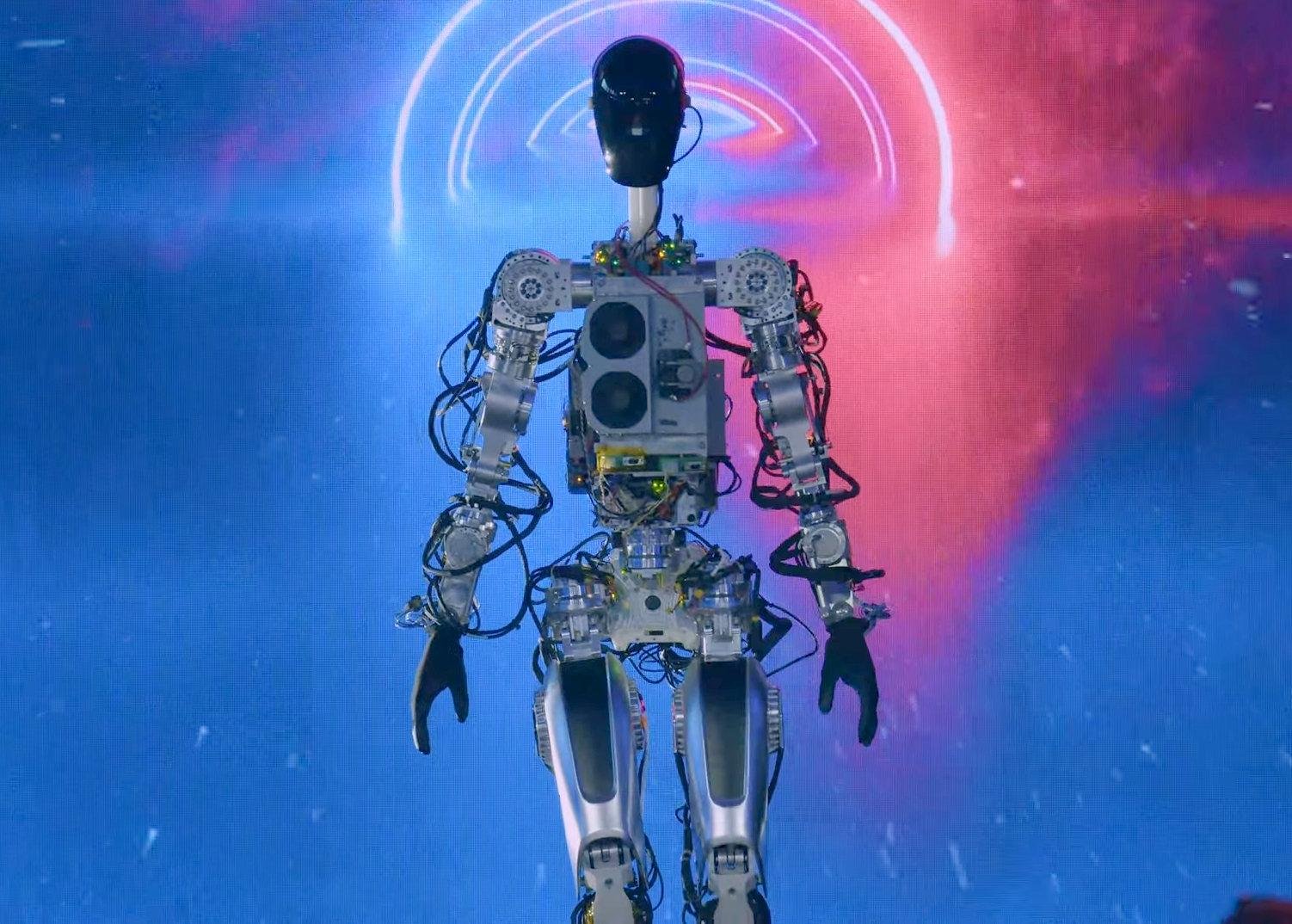In a groundbreaking advancement in robotics, the world has been introduced to the fastest humanoid robots to date. These technological marvels, developed by Unitree Robotics and the University of California, Los Angeles (UCLA), are redefining the limits of robotic speed and agility.
Key Highlights:
- Unitree Robotics’ H1: Achieved a new record by trotting at 7.38 mph, surpassing the previous record held by Boston Dynamics’ Atlas.
- ARTEMIS by UCLA: Claimed the title of the world’s fastest-walking humanoid robot, with a speed of 2.1 meters per second.
- Unique Features: These robots demonstrate remarkable abilities such as handling stairs, performing tight turns, and maintaining balance when disturbed.
Unitree Robotics’ H1: A New Pace in Robotics
Shanghai-based Unitree Robotics has made headlines with its H1 V3.0 model, achieving a trotting speed of 7.38 mph on flat surfaces. This speed not only sets a new Guinness World Record but also surpasses the achievements of its predecessor, the Boston Dynamics’ Atlas robot. The H1’s capabilities extend beyond speed; it can handle complex movements like ascending and descending stairs and even perform choreographed dances. Priced between $90,000 and $150,000, the H1 is aimed at providing a more affordable option in the realm of advanced robotics.
ARTEMIS: Engineering Excellence from UCLA
Developed by mechanical engineers at UCLA, ARTEMIS (Advanced Robotic Technology for Enhanced Mobility and Improved Stability) stands out not just for its speed but for its innovative design aimed at mimicking human-like motion. Weighing 85 pounds and standing four feet and eight inches tall, ARTEMIS is designed to excel in bipedal locomotion, even on uneven terrains. Its actuators, designed to function like biological muscles, play a crucial role in its exceptional balance and ability to run. This innovation is not just a step forward in robotics but also in the integration of mechanical design with natural motion.
Innovations and Oddities in Motion
One of the most striking aspects of these developments is not just the speed at which these humanoid robots can move, but the unique methods they employ to achieve such agility. The oddity in their movement comes from a deliberate design choice to mimic the complex motions of living beings, blending mechanical precision with the fluidity of biological organisms.
The Oddity in Their Run
What sets these robots apart, aside from their impressive speeds, is the unconventional nature of their movement. The H1 model, for example, achieved its record speed while “wearing pants” – or, more accurately, chaps, adding a peculiar and human-like aspect to its appearance. This detail, while odd, underscores the developers’ commitment to blending the line between robotic and human characteristics.
Towards a Future of Robotic Innovation
The development of the world’s fastest humanoid robots by Unitree Robotics and UCLA marks a significant milestone in the field of robotics. These advancements are not just about speed; they represent the potential for robots to undertake more complex, human-like tasks with greater efficiency and agility. As we look forward to future innovations, the oddities in their design and functionality may well become the norms, setting new standards for what robots can achieve.



















